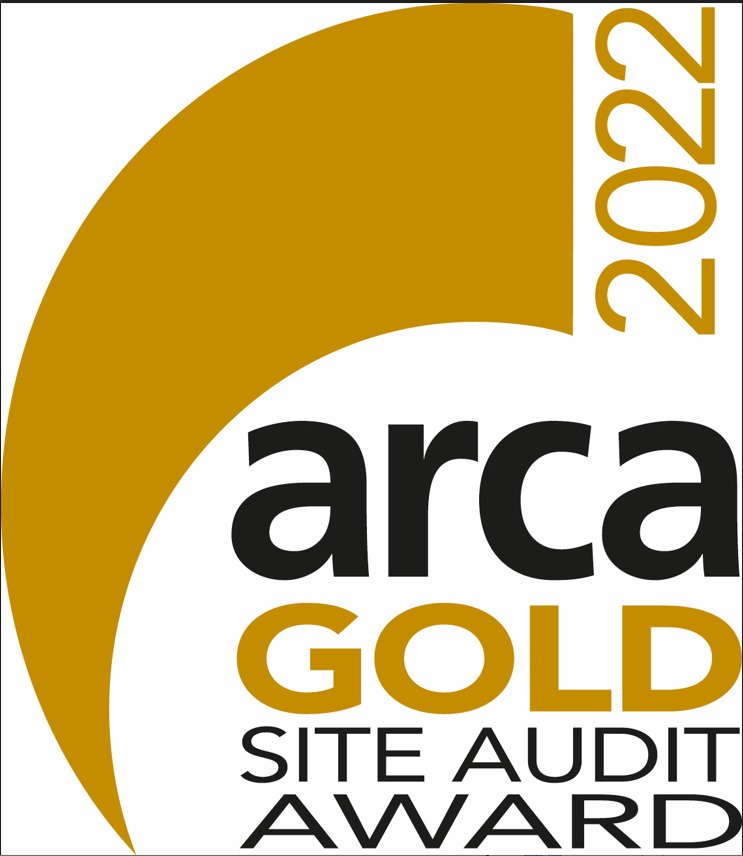
Mention the word asbestos and people are understandably concerned, and buying a house with asbestos ceilings can also be a worry. More and more mortgage lenders are insisting on asbestos surveys being carried out on properties and there are occasions where these surveys identify asbestos containing materials. It is most common for houses built prior to 1999 to contain asbestos materials in textured wall coatings, waste water goods, water takes and heating appliances. Some homes may also contain asbestos insulation board tiles either stuck to or suspended from the ceiling.
Asbestos was used in various forms of coatings and in construction panels in ceilings. This page explains some of the most common forms of asbestos in ceilings and provide information on the options available to homeowners should they require removal or management of asbestos containing materials in a property.

Asbestos in Artex (decorative textured wall coatings)
The most common form of asbestos in ceilings is Artex, a type of decorative textured wall coating. It was commonly applied in swirls and stipples but may also be smooth and was applied to various materials including plasterboard and lath and plaster. Artex is the trademark of British company Artex Limited.
Artex was mixed with white asbestos (the mineral chrysotile) until the late 1980s to help to thicken the product and make it stronger once dried.
Left alone, Artex poses little risk to health. But if broken or sanded, asbestos fibres can be released which are potentially hazard to human health. If your house was decorated or built prior to 1999 and a textured coating was applied, it’s possible that the Artex contains asbestos. The only sure way to know if a textured coating contains asbestos fibres is to have a sample of the asbestos taken and analysed by a UKAS approved laboratory. If the result shows that the asbestos is present you may wish to have the material eradicated by an asbestos removal contractor.
Asbestos on Lath and Plaster
Lath and plaster was used for constructing partition walls and ceilings in buildings – usually homes – prior to the introduction of drywall and plasterboard. It consisted of strips of timber which were covered by a coat of plaster. At the time it was a cheaper way of building walls than the conventional method of block or brick.
Unfortunately, many companies mixed chrysotile asbestos into the plaster to make it stronger or covered the plaster with a textured coating product.
How decorative textured coatings are removed
Whether the decorative coating is affixed to plasterboard or lathe and plaster, the entire ceiling will be removed to joists. In the case that the coating is affixed to concrete the coating will be removed from the concrete. It will be necessary for you to arrange a building contractor or plasterer to reinstate the ceilings after removal.
Asbestos cement ceiling panels
Asbestos cement ceiling panels were a common form of panel used until the 1980s and were particularly popular after WW2. The panels could be affixed directly to joists and then either painted, wallpapered or covered with a textured coating.
Asbestos cement ceiling panels are made from the same materials used on asbestos corrugated roof panels seen on many garages and outbuilding in the UK.

Asbestos Insulating Board (AIB) ceiling panels
Just as with asbestos cement panels, Asbestos Insulating Board (AIB) offered a quick way to construct a ceiling and also had the added benefits of being a good thermal insulator. It was usually stuck to the ceiling in panels with adhesive or suspended.
The asbestos mineral used in AIB panels would later be discovered to be extremely hazardous if broken as it is extremely friable. Therefore, AIB should only ever be removed by a licensed asbestos contractor.
Sprayed asbestos cement coatings (limpet and flock)
Sprayed coatings were applied by mixing asbestos (usually chrysotile) with Portland cement. The asbestos was added to make the cement thicker and to improve its bonding properties. The mixture was then sprayed onto ceilings using a large gun. This type of ceiling covering looks like cotton wall but is hard when touched.
Should I buy a House with Asbestos Ceilings?
Generally, there is no reason you should stop buying a house with asbestos ceilings as long as you are aware of what is contained in the house and that there will be a cost for removing the asbestos. We recommend that you have samples taken of any suspected asbestos containing materials (or a full homebuyers asbestos report) before you exchange contracts as you may need to negotiate a purchase price to allow for the cost of removing the asbestos containing materials.
Further information
For further information on Buying a House with Asbestos Ceilings and the associated removal costs, please contact us.



